It can be extremely frustrating to do the dishes, wash vegetables, or fill a large pot to cook pasta if your kitchen sink has low water pressure.
Perhaps you have gotten used to it over time, thinking that nothing was to be done about this problem. Or perhaps your kitchen sink used to have normal water pressure but now only gives you a trickle of water.
The good news is that there is something you can do about it! It’s time to learn how to increase water pressure in your kitchen sink.
1. Check your home’s main water valve
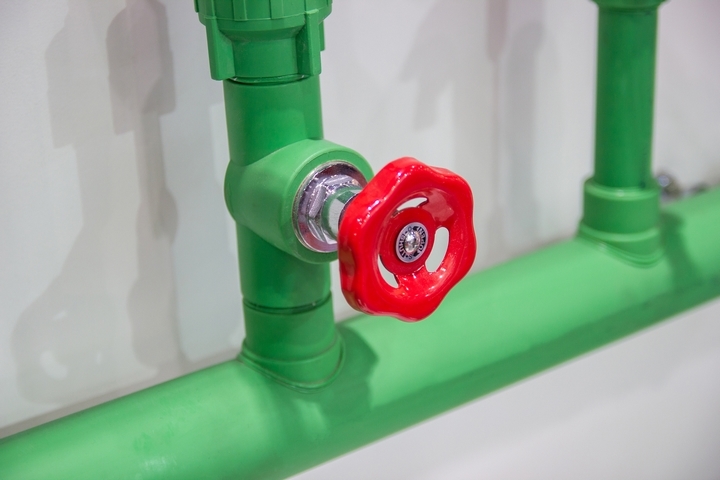
Before you start searching for a solution to your problem, you should check if all the sinks in your home have low water pressure. If this is the case, you should look at your home’s main water valve, which should be located near the main water line.
Try rotating the valve, then check if your sinks still have low water pressure.
The problem could also be with a pressure-reducing valve, which your home might have. Its purpose is to regulate the high pressure of the water supplied by your city, to make it safe for your home.
If your home does have a pressure-reducing valve, it might need some maintenance or get adjusted to increase water pressure in your kitchen sink.
2. Look at the kitchen sink’s shut-off valve
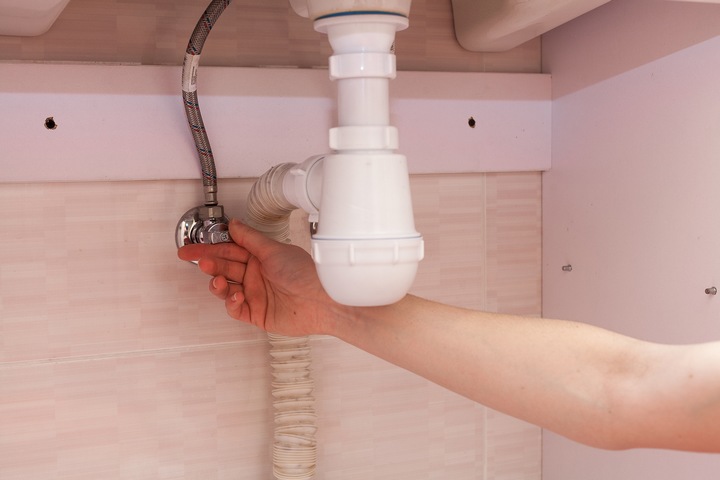
If your kitchen sink is the only sink in your home to have low water pressure, look at the sink’s shut-off valve. Its purpose is to stop the water supply to the sink, so it should be located underneath it, inside a cabinet.
Let the water flow from the faucet, then rotate the shut-off valve to see if it changes the water pressure. If even turning the valve completely off doesn’t make any difference, it must be damaged and will need to be replaced with a new valve. It’s best to let a plumber take care of this task.
3. Check if the faucet’s aerator is clogged
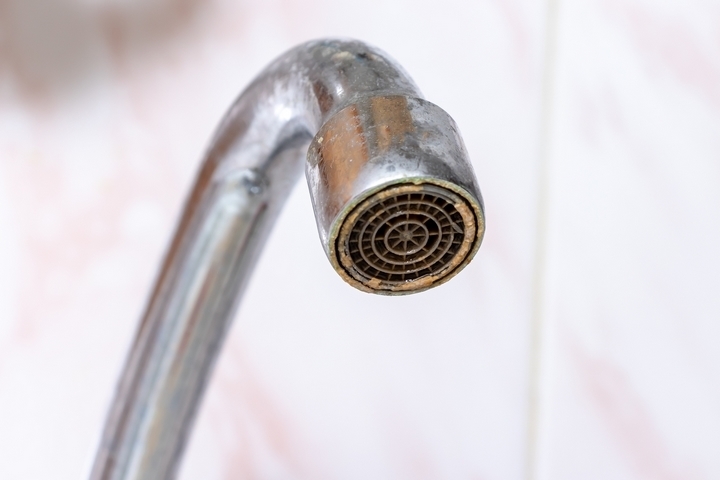
You should see a small cover with a mesh screen at the opening of your kitchen sink’s faucet. This is an aerator, and it has different purposes: it saves water, prevents splashes, and produces a more even flow of water.
However, an aerator can eventually get clogged by minerals and debris, which can greatly decrease the water pressure of a faucet. The solution is to clean it.
If you can’t simply unscrew your faucet’s aerator, you should be able to remove it with pliers. You can then clean the mesh screen with an old toothbrush before letting it soak in vinegar for a few hours.
4. Try to replace the faucet’s cartridge
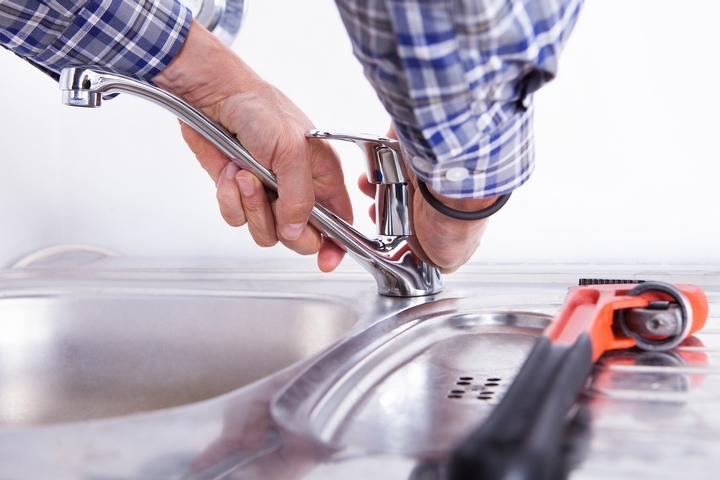
If any debris did not clog your aerator, perhaps your faucet’s cartridge creates a low water pressure problem. Its purpose is to allow you to control the flow of cold and hot water.
A cartridge can get clogged by debris, or some parts might become worn out over time, explaining why your kitchen sink’s water pressure has dropped.
Unless you know exactly how to replace or maintain your faucet’s cartridge, you should call a plumber for help.
5. Get in touch with your water company

If there is no issue with your main water valve and sink shut-off valve, and if all the kitchen faucet parts seem to be in perfect working order, you should contact your water company.
Perhaps they are having a problem with your neighbourhood’s water supply lines, and they are working hard to fix it. And when they do fix it, your water pressure could magically increase.
If your water company assures you that all is fine, perhaps your home’s plumbing pipes are the ones having a problem.
6. Look around your home for leaks
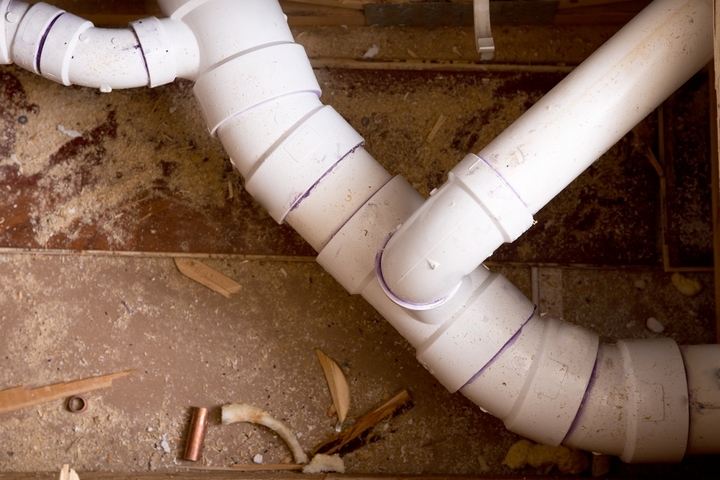
Leaking plumbing pipes can cause a drop in water pressure. But while some leaks are pretty easy to detect, others are invisible because they are hidden inside your home’s walls.
Look around your home to see if there is a suspicious puddle of water anywhere on the floor. Check if there are wet spots on some of your walls, and listen for any strange dripping noises.
If you suspect a plumbing leak anywhere in your home, you should call a plumber as soon as possible.
7. Call a plumber
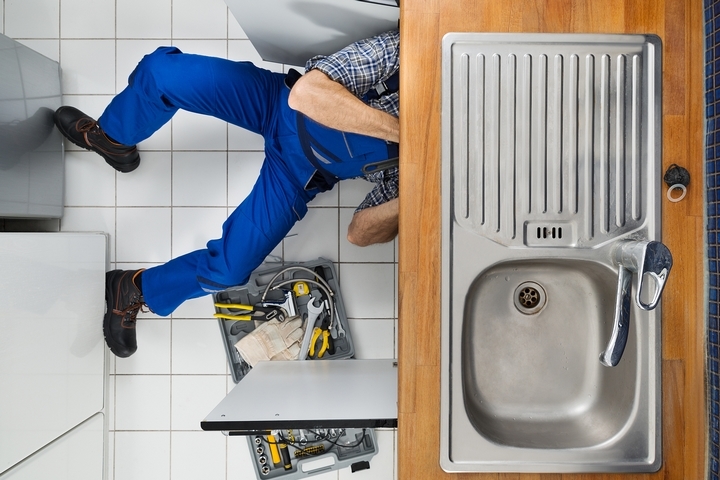
If there is nothing you can do to find the cause of your low water pressure, call a plumber and ask for their help. They will be able to detect a leaky, clogged or faulty pipe or repair any part of your kitchen sink that might be damaged and preventing a proper flow of water.
